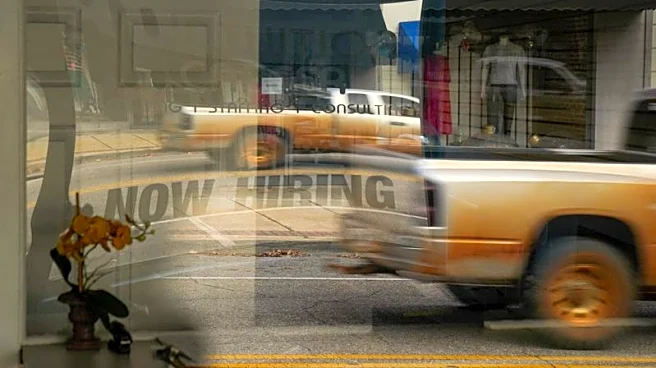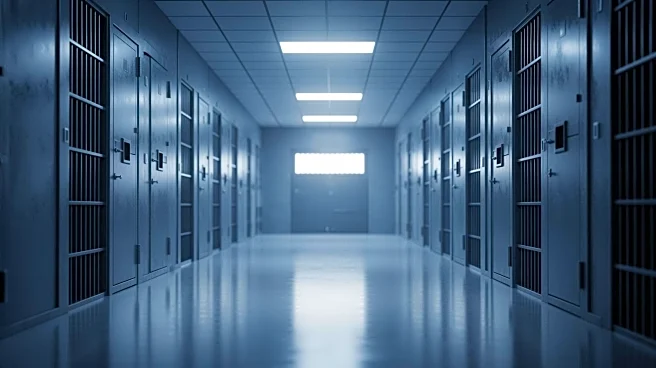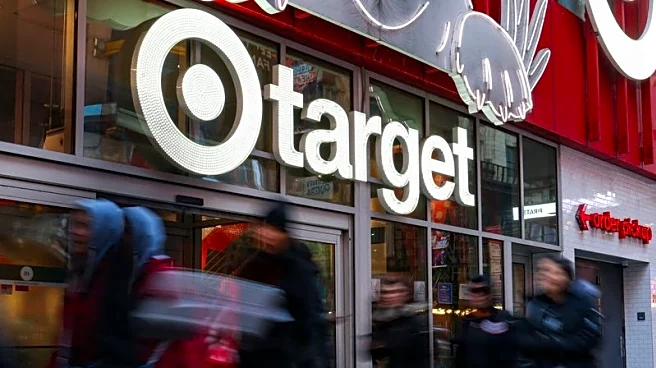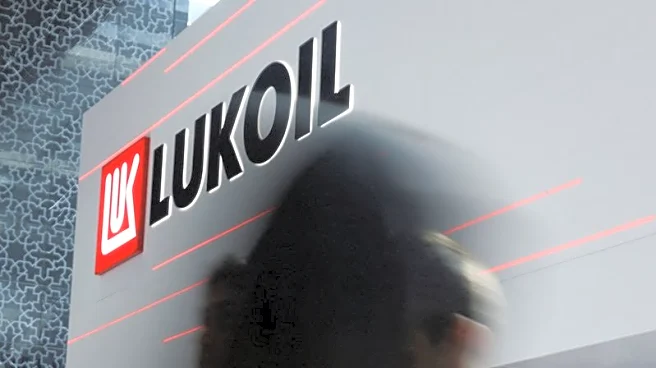By Diana Novak Jones
(Reuters) -New Jersey’s top court on Thursday became the first in the U.S. to prohibit prosecutors from presenting expert testimony that shaking a baby can on its own cause injuries
severe enough to justify bringing child abuse charges.
The diagnosis of "Shaken Baby Syndrome" or Abusive Head Trauma has formed the basis of thousands of criminal child abuse cases since the 1970s. It is a leading cause of child abuse-related deaths in children under five, according to the U.S. Centers for Disease Control and Prevention.
But the science supporting the diagnosis has come under scrutiny in recent years, with newer research showing that the injuries could have other causes.
In a 6-1 ruling in two criminal cases brought against fathers accused of abusing their infant sons by shaking them, the New Jersey Supreme Court said that prosecutors couldn’t present expert testimony diagnosing the syndrome in the infants because it wasn’t reliable.
A spokesperson for the New Jersey Attorney General’s Office, which urged the court to admit the testimony, declined to comment.
Darryl Nieves and Michael Cifelli were each charged in 2017 in separate cases. The trial courts overseeing their cases each held that the testimony of the state’s expert was not admissible. Those rulings were upheld at an intermediate appellate court before the state appealed to the New Jersey Supreme Court.
A trial court dismissed the case against Nieves, one of the fathers, in 2022. The case against Cifelli remains pending.
“The Constitution demands more than speculation dressed in scientific language,” the New Jersey Public Defender's Office, which represented Nieves, said in a statement.
Philip Nettl, an attorney for Cifelli, said his client has steadfastly maintained his innocence and will take the ruling back to the trial court to request dismissal of the case against him.
Cody Mason, managing attorney for appellate at the public defender's office, said his team hopes to use the ruling to challenge cases on appeal.
For decades, pathologists, pediatricians and courts have recognized a distinct set of internal head injuries - brain swelling, bleeding on the surface of the brain and behind the eyes – as proof of death by deliberate shaking, even in the absence of other overt signs of violence.
In Thursday's ruling, the Supreme Court said in order to present the expert testimony, prosecutors needed to show that all relevant medical and scientific communities generally supported a diagnosis of Shaken Baby Syndrome without evidence of head trauma or impact. While the state showed that the diagnosis is supported by pediatricians, pediatric neurologists and other medical specialties, there does not appear to be consensus from the biomechanical engineering community or a test demonstrating the force from shaking could cause the injuries, the court said.
A biomechanical engineering study on whiplash from 1968 provided the foundation for the creation of the diagnosis, making the field's stance particularly important, the court said.
The majority noted that prosecutors could present additional evidence of abuse to support their claims, and if the biomechanical engineering community backed the idea that the syndrome can occur without external trauma to the child’s head then it could present that.
“Science is constantly evolving, so the door is not forever closed on making such a showing of reliability,” Justice Fabiana Pierre-Louis wrote for the majority.
Justice Rachel Wainer Apter dissented, warning that the court was wading too far into the science and allowing one scientific community to outweigh pediatricians, neurologists and others who back the diagnosis.
(Reporting by Diana Novak Jones)














